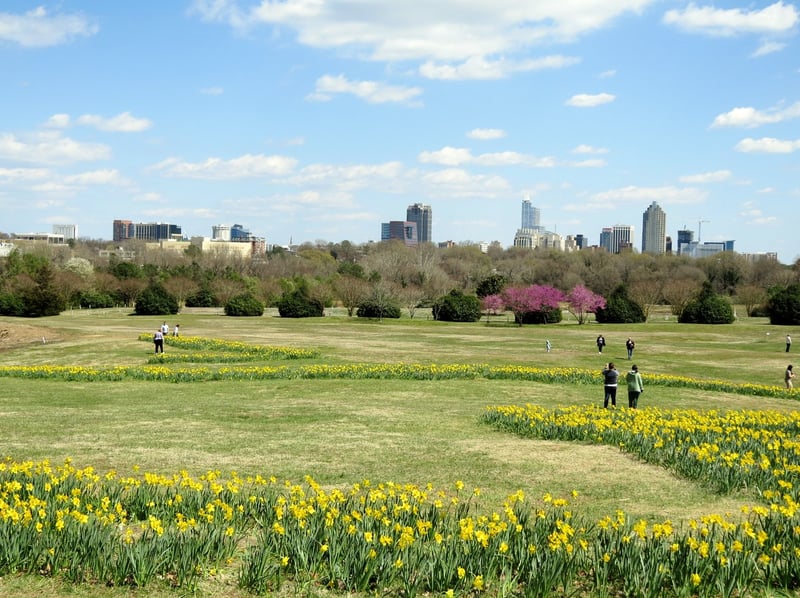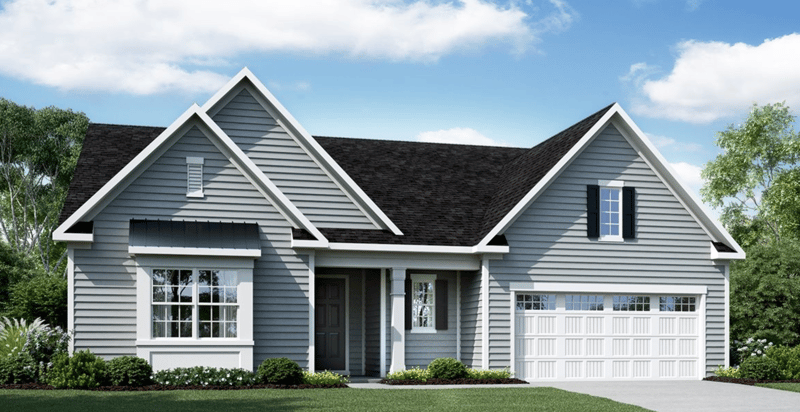The Raleigh Research Triangle Park (RTP) has shown early resilience in these unprecedented times against the financial repercussions of the COVID-19 virus. The Triangle market, which includes the cities of Raleigh, Chapel Hill and Durham, North Carolina, and features some of the world’s most innovative companies, shows no signs of weakening during the global pandemic.

In fact, the North Carolina housing market within Raleigh and the broader Triangle is doing very well. Whilst interest rates are the lowest they have been in recent memory, the RTP remains relatively unaffected. Freddie Mac, a leading US mortgage broker, stated that the average 30-year fixed-rate mortgage interest has fallen to 3.39%, the lowest it has been for 50 years. This may affect the housing market in the short-term, but Raleigh is seeing no signs of negative impact.
A report conducted by California-based data analytics company, ATTOM Data Solutions, compiled the report based on the findings in 483 counties throughout America. Utilising factors such as housing affordability, foreclosure rates at the tail end of 2019 and the percentage of properties with unpaid mortgage balances that exceed the estimated market values in the fourth quarter, Attom has concluded that the Triangle’s real estate market is likely to be relatively unaffected by the pandemic. Amazingly, out of the 483 countries, the county of Durham, in which Raleigh is situated, ranked as 472nd most likely to be impacted by the coronavirus. In other words, Durham County, North Carolina, is 11th least likely at risk.

Wake County is another in which Raleigh’s suburbs partially sit and this ranked 433rd of 483 counties across the United States. Durham’s average house price stands at $225,000 with major housing expenses consuming 22.9% of the homeowner’s income. Only 88 homes or 0.07% of residential real estate int he county had filed for foreclosure. This is under the US national average of 0.08% for the fourth quarter. Wake counties statistics are similar but hold an average house price of $272,000.
ATTOM did not initiate the report to signal Raleigh as the least affected county, rather, to anticipate which would be the hardest hit by the pandemic’s repercussions. So why is the Triangle seemingly unscathed thus far?

The Triangle’s concept is to engage the brightest minds from the state’s top institutions. By uniting them with innovative companies and budgets for research and development, they retain and encourage high-skilled labour within North Carolina, thereby curating a hub of innovation in the process. The companies operating within this Triangle are those that tackle some of the world’s biggest challenges. From IBM to federal US departments, the Triangle could be seen as a significant factor in the fight against the virus. Regardless of the Triangle’s contribution to the pandemic, the geographic labour movements that flock to the RTP will likely continue. Consider the RTP’s design goals alongside the lifestyles offered in cities such as Raleigh and it is clear to see the prospects for the city and, therefore, the importance of its housing market going forward.
Whilst none of us can be sure in what the future holds now more than ever, it is still abundantly clear that there are strong markets remaining. Raleigh remains a strong market, forecast to be relatively untouched by COVID-19 and a centre for technological and biochemical innovation. If Raleigh’s young, academic, high-achieving community appeals to you, contact Propeterra today to find out how we can help you maximise your investment in the US real estate market.





